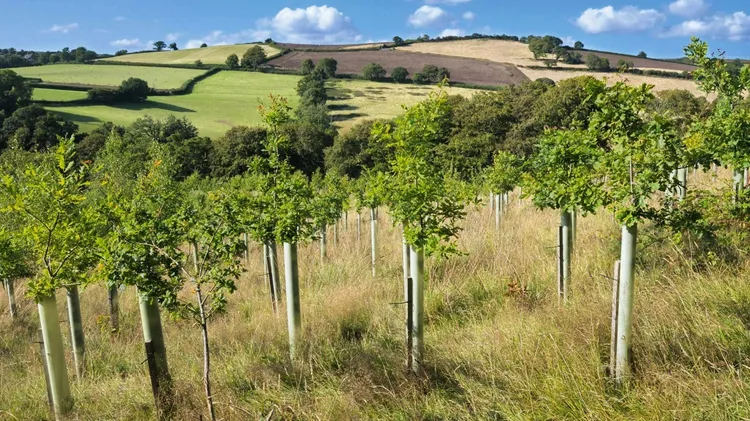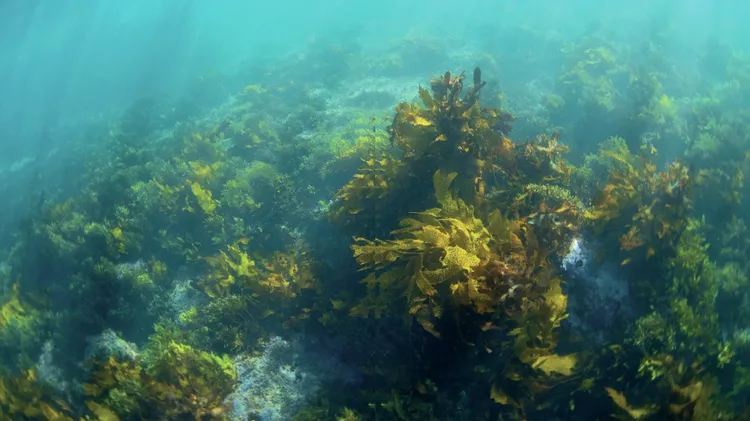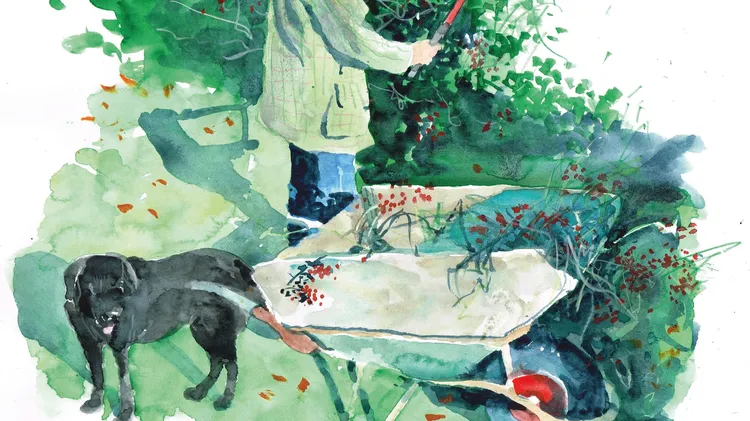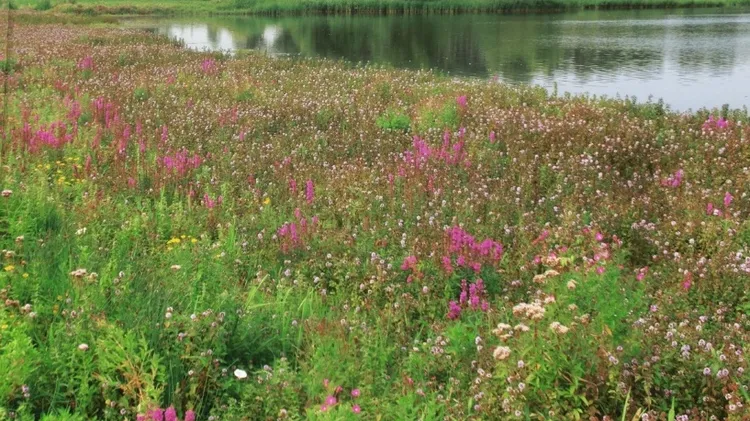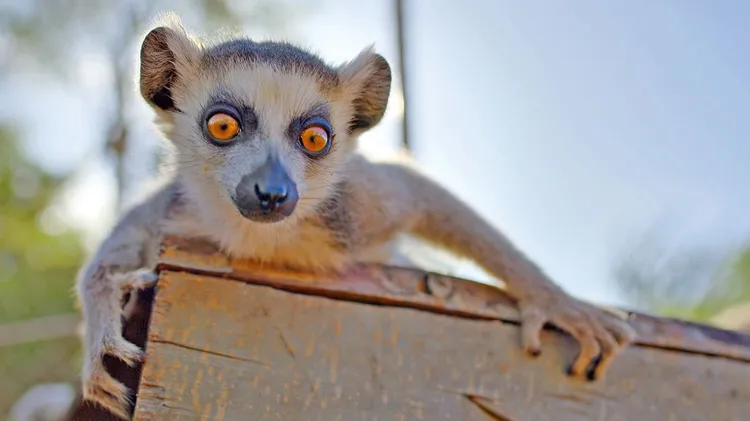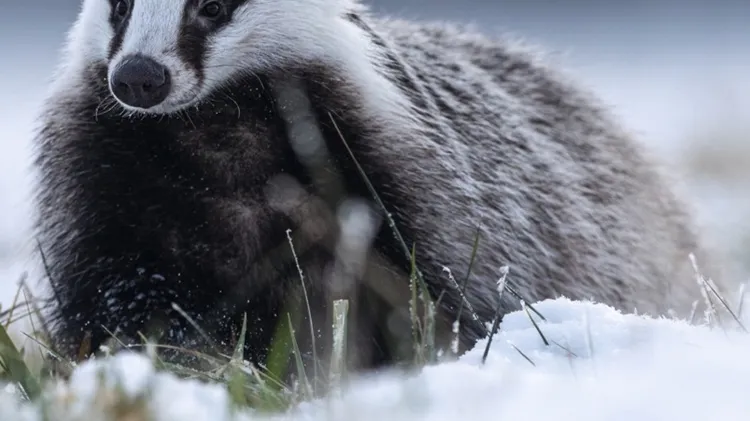Taken from her new illustrated book Wilding: How to Bring Wildlife Back
Getting back to nature
7 min read
This article is from...
Read this article and 8000+ more magazines and newspapers on Readly

